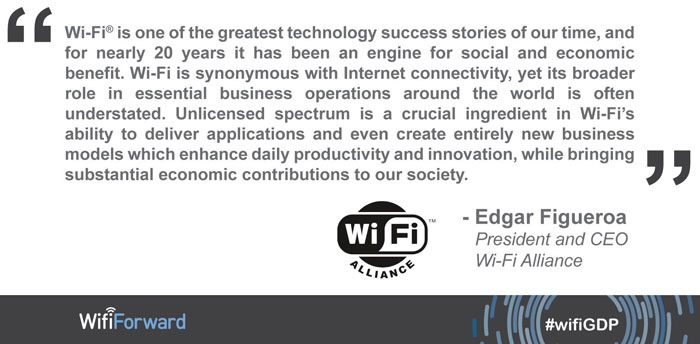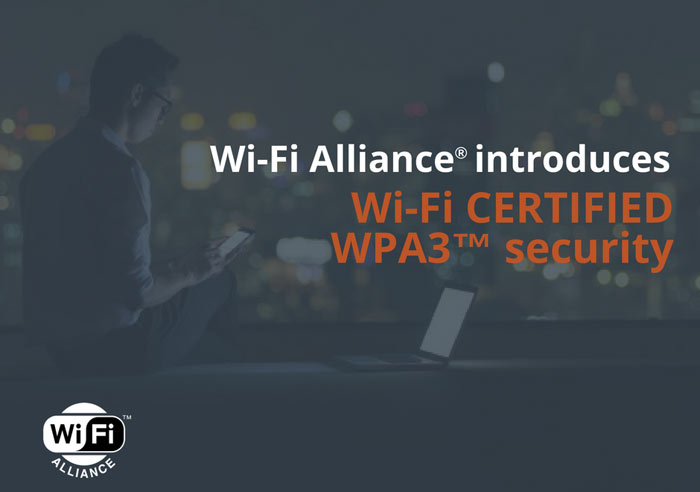The Wi-Fi alliance has at last launched its next generation standard for Wi-Fi security. Wi-Fi Certified WPA3 is said to deliver new capabilities to personal and enterprise networks, make Wi-Fi security simpler, offer more robust authentication, and provide increased cryptographic strength - very important for highly sensitive data applications. WPA3 retains interoperability with WPA2, which was introduced about 14 years ago.

In its description of the new Wi-Fi security standard, the Wi-Fi Alliance said that all WPA3 networks use the latest security methods, disallow outdated legacy protocols, and require use of Protected Management Frames (PMF). Depending upon the personal/enterprise implementation key capabilities are as follows:
- WPA3-Personal: more resilient, password-based authentication even when users choose passwords that fall short of typical complexity recommendations. WPA3 leverages Simultaneous Authentication of Equals (SAE), a secure key establishment protocol between devices, to provide stronger protections for users against password guessing attempts by third parties.
- WPA3-Enterprise: offers the equivalent of 192-bit cryptographic strength, providing additional protections for networks transmitting sensitive data, such as government or finance. The 192-bit security suite ensures a consistent combination of cryptographic tools are deployed across WPA3 networks.

Two other new Wi-Fi initiatives have been introduced alongside WPA3. Firstly, Wi-Fi Certified Easy Connect is a new program that reduces the complexity of onboarding Wi-Fi devices with limited or no display interface – such as devices coming to market for Internet of Things (IoT) - without sacrificing security standards. An example use case is in employing your smartphone's easy to use interface to securely add a screen-less device to your Wi-Fi network.
Secondly, Wi-Fi Certified Enhanced Open "delivers improved data protections while maintaining the convenience and ease-of-use of open networks". It is intended for use by the likes of coffee shops, or in guest web portals used by venues such as airports, hotels and sports arenas.






